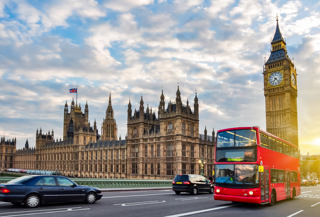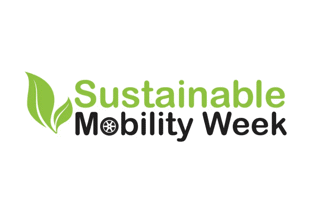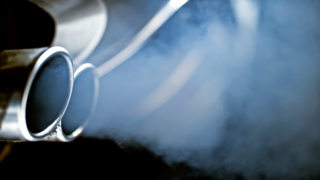Fleets have been offered a free guide on London’s recently implemented T-Charge, which came into force on October 23.
The free document, released by Alphabet, focuses on the opening phase of the London T-Charge.
It covers the types of vehicle affected, exemptions, payment options and penalties for non-payment.
The guide also looks ahead to April 2019, when Euro 4 and Euro 5 diesel vehicles (pre-64 plate) are expected to become liable for the T-Charge.
London’s three-stage toxicity charging plan could see all but the cleanest diesels charged to drive within the north and south circular roads from 2021.
Stage one has now been implemented and will see a £10 T-Charge for vehicles pre-dating the 2005 Euro 4 exhaust emissions standard to enter central London
Most current fleet cars and vans are four-years-old or newer, so they will not incur the new daily charge in London, but David Bushnell, product manager – Mobility of Alphabet urged companies and business drivers to keep abreast of clean air plans across the UK.
“Last week, Oxford radically upped the ante with its proposal for a complete ban on petrol and diesel vehicles from 2020,” said Bushnell.
“This week, the T-Charge starts in London. In 18 months’ time, the London charge is expected to be extended to cover all diesels except Euro 6-compliant models.
"Plans are on the table to expand London’s ultra-low emission zone to the whole area inside the north and south circular roads as early as April 2021.
“A probable progression from no restrictions to toxicity charges to at least one possible no-go zone for combustion vehicles, in under four years, is a sign of how fast the landscape is changing.
“Alphabet has demonstrated its commitment to helping customers to strategically decarbonise their fleet operations by delivering nearly 9% of all grant-eligible electric and plug-in hybrid vehicles in the UK to the end of Quarter 3 this year.
“We’re ready to support organisations adapt their policies and install infrastructure to address this accelerating trend toward more ultra-low emission zones.”



















Login to comment
Comments
No comments have been made yet.